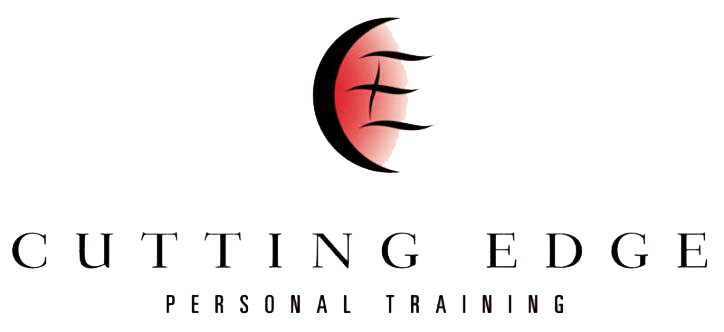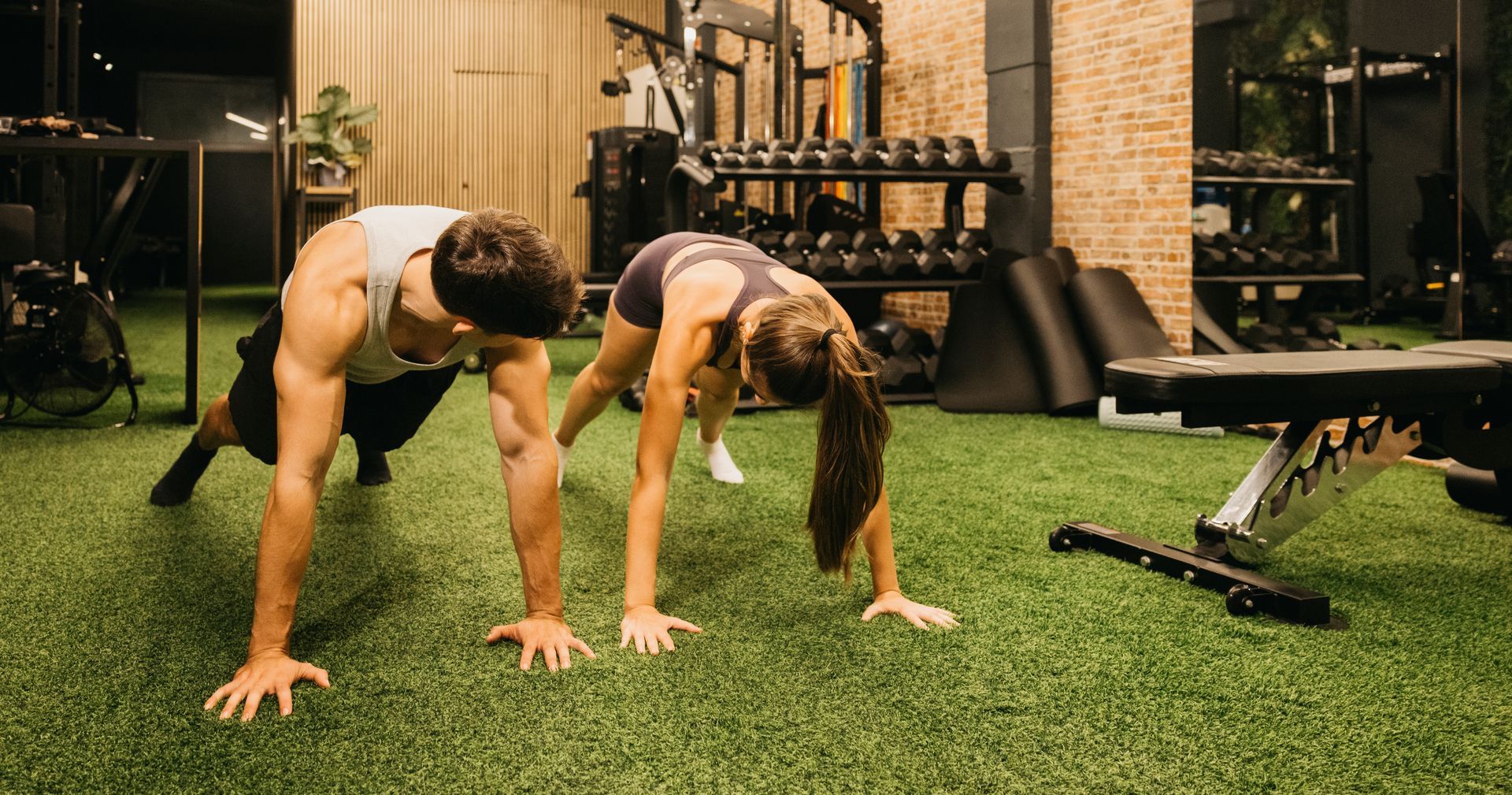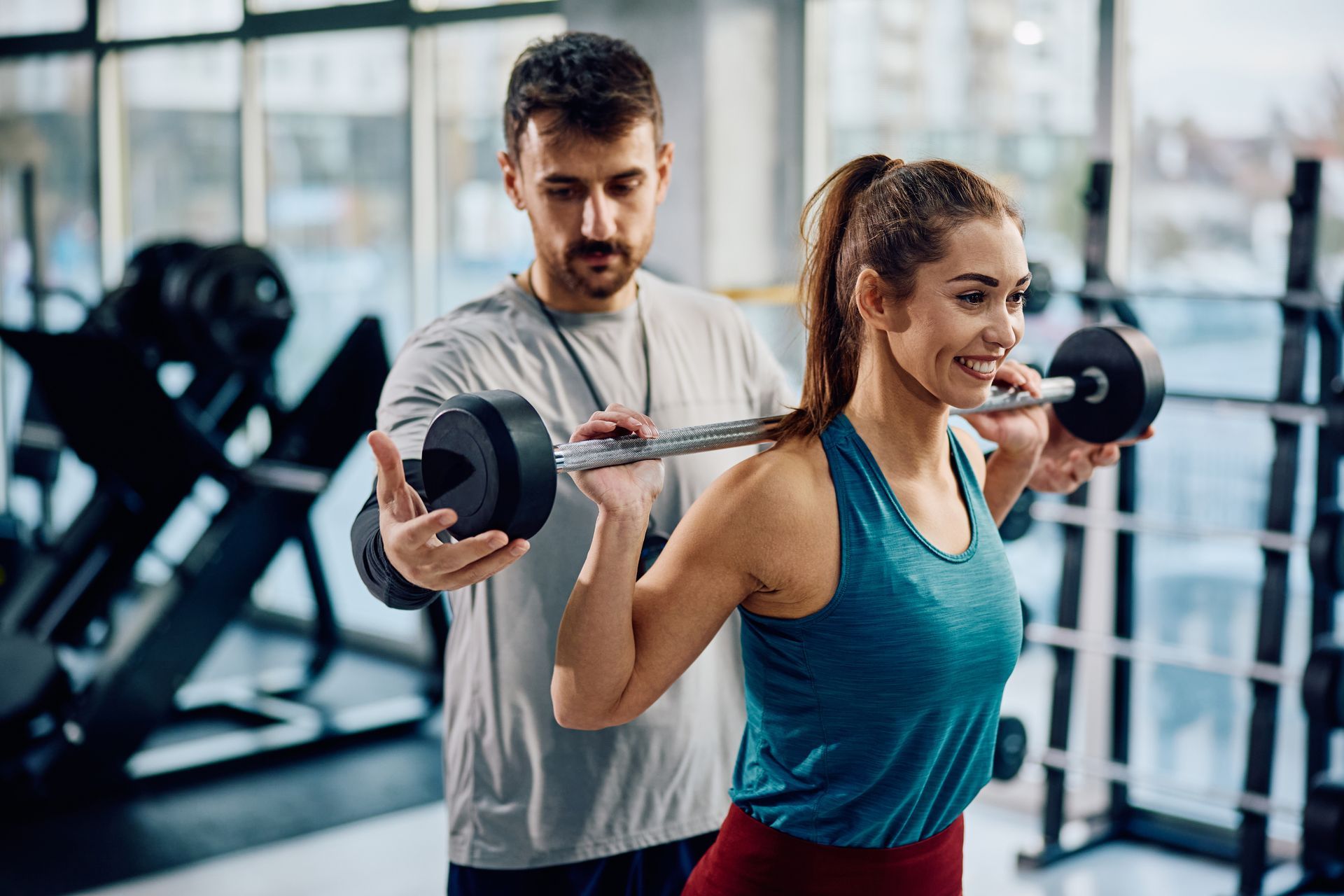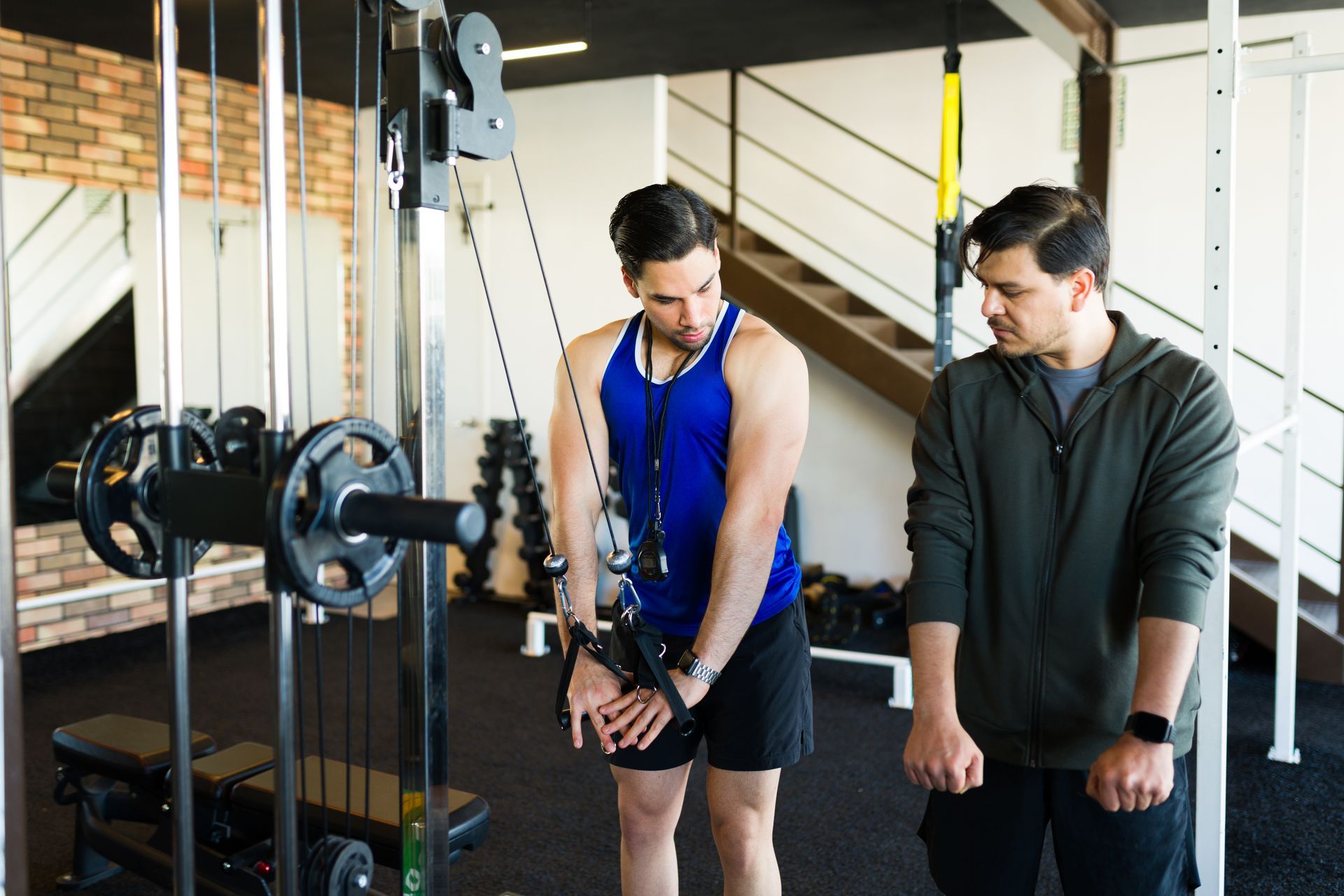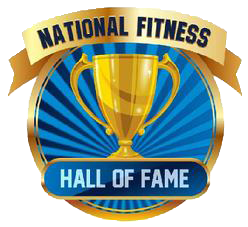September 30, 2021
Developing Strong Shoulders
Your shoulders are one of the most important body parts, as they are involved in the training of basically every other part of the body.
For this reason, making them functional and keeping them healthy is an important task on your fitness development to-do list.
In this article, I’m going to tell you more about the shoulders and how to train them properly. So if this is something of interest to you, keep reading!

Shoulder Anatomy
To understand exactly what the shoulders are doing, let us have a look at their superficial and deep anatomy.
The main muscles of the shoulders are the deltoids, which are made up of 3 heads:
- The anterior (front) deltoid
- The medial (side) deltoid
- The posterior (back) deltoid
Each of these serves a variety of functions that allow a vast range of motion - You can lift your arms overhead, laterally, to the front and you can even take them back.
However, this big range of motion can make the shoulder joint unstable and thus, vulnerable to injury.
So How Do You Stabilize The Shoulders?
Luckily, our bodies were designed like what seems to be a very adaptive machine with components for high performance.
The shoulders are in fact, very well reinforced with stabilizing muscles. BUT, those muscles often become weaker due to the modern-day sedentary lifestyle and lack of natural movements like climbing.
There are 4 muscles that stabilize the shoulder and are referred to as “the rotator cuff”.
Those are namely:
- The infraspinatus - This is the main rotator cuff muscle that allows you to extend and rotate the shoulder.
- Supraspinatus - This second rotator cuff muscle allows you to lift your arm and also keeps the shoulder joint in place.
- Teres minor - This is a pretty small muscle, but important for the external rotation of the arm, away from the body.
- Subscapularis - Last but not least, the subscapularis keeps your upper arm and shoulder blades tight and also helps with arm rotation.
To strengthen the rotator cuff, you should do exercises such as:
- Resistance band external rotation
- Resistance band internal rotation
- Active hanging
- Passive hanging
- Climbing
All of these movements will help you stabilize your shoulders and thus, you can have a greater output on the strength exercises for the deltoids, safely.
Training The Deltoids
As already mentioned, the deltoids work with a variety of other upper body muscle groups.
The main muscle groups that work in synergy with the shoulders are the chest and the triceps.
These usually work together to help you complete complex exercises, such as:
- The bench press
- The overhead press
- The push-up
For this reason, when it comes to getting better, stronger shoulders, you should mostly rely on compound, free-weight movements. Compound movements will allow you to engage synergistic muscle groups to ultimately lift a bigger load, while placing the focus on the desired area (i.e the triceps and upper chest will help you during an overhead press, but most of the work will go for the shoulders).
But that doesn’t mean we completely ignore isolation exercises.
Here are 8 of my personal favorite deltoid building exercises:
- Overhead presses (these are king, especially for the front deltoids)
- One Arm Lateral raises (cable or dumbbell)
- Two Arm Lateral Raises
- Machine Lateral Raises
- Dumbbell Upright Row (I also like a cable version with a rope attachment)
- Handstands
- Climbing (again, really?)
- Olympic clean/High Pulls
When you combine powerful, compound deltoid movements, with precise, focused rotator cuff work, you will inevitably set yourself up for a healthy shoulder line in the long term.
PLUS… Deltoids can make or break the physique you have, so work on them!
Take Home Message
The shoulders play a major role in your upper body training, which is the main reason why you should pay specific attention to their development.
Before establishing a foundation of heavy overhead presses and lateral movements, think about your rotator cuff and what you can do to strengthen it.
Only then, you can move into the more solid exercises that will allow you to develop overall strength and looks of the shoulders.
